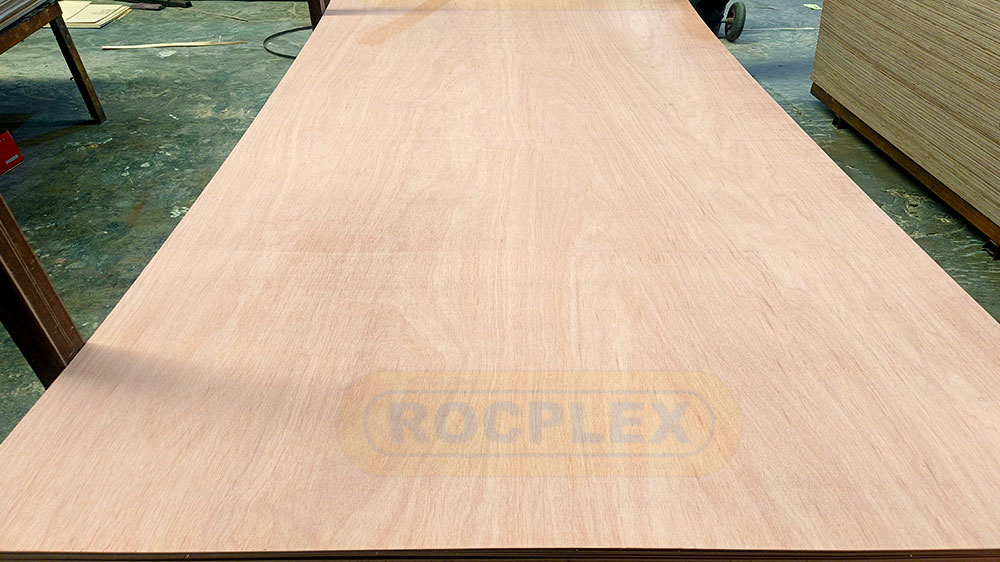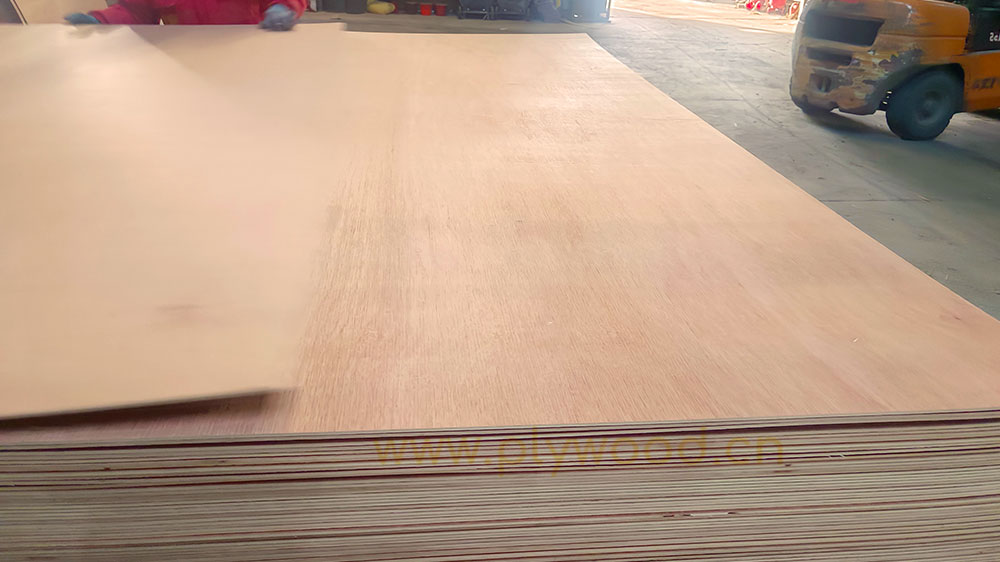Plywood 4×8 sheets are a mainstay in construction and furniture-making. Known for their consistent quality and standard dimensions, they have become a preferred choice for builders and architects. This article provides a comprehensive understanding of plywood 4×8, specifically targeting building material wholesalers. From exploring applications to examining market trends, this guide is set to equip you with valuable insights.
I. Understanding Plywood 4×8: An Essential Building Material
A. Dimensions and Quality Standards
Standard Size Benefits:
Plywood 4×8 sheets are a universally accepted standard size. Their uniform dimensions simplify construction and reduce waste.
Quality Grades:
These sheets come in different grades based on quality and appearance. Knowing the grades helps in targeting different market segments.
Regulatory Compliance:
Understanding the regulations regarding plywood production and sustainability ensures legal compliance and ethical practices.
B. Applications and Use Cases
Construction:
Plywood 4×8 is widely used in building construction for sheathing, roofing, and flooring due to its strength and consistency.
Furniture Making:
Its dimensions are ideal for furniture design, allowing for versatility and creativity in crafting various pieces.
Industrial Applications:
From shipping crates to exhibition stands, plywood 4×8 finds applications in various industrial domains.
II. Market Trends and Dynamics in Plywood 4×8
A. Increasing Demand in Housing and Commercial Projects
Urbanization Trend:
With urban areas growing, there’s a rise in demand for plywood 4×8 in residential and commercial constructions.
Renovation Markets:
Home renovations and upgrades often rely on these standardized sheets, creating a stable market.
B. Sustainability and Environmental Concerns
Eco-Friendly Products:
Green building trends push for sustainable sourcing of plywood 4×8, driving demand for certified eco-friendly products.
Recycling and Reuse:
Promoting recycling and reusing plywood sheets aligns with global sustainability goals, reflecting a responsible approach.
III. Marketing Strategies for Plywood 4×8 Wholesalers
A. Understanding the Target Audience
Builders and Contractors:
Connecting with local builders and contractors can be a lucrative avenue. They often require bulk purchases for large-scale projects.
Furniture Manufacturers:
Partnering with furniture makers allows for consistent sales, as they regularly need high-quality plywood for their designs.
DIY Enthusiasts:
The rising trend of DIY projects means a segment of the market seeks smaller quantities but might be willing to pay a premium for specialized products.
B. Digital Presence and Online Marketing
E-Commerce Platforms:
Establishing an online storefront can greatly expand your reach. Offering bulk discounts or loyalty programs can attract larger buyers.
Social Media Engagement:
Platforms like Instagram or Pinterest, where DIY projects and home renovations are showcased, can be excellent for marketing plywood.
Educational Content:
Wholesalers can differentiate themselves by offering how-to guides, video content, or workshops, further engaging their clientele.
C. Quality Assurance and Branding
Certifications:
Having certifications (like FSC) can validate the quality and sustainability of your products, appealing to environmentally-conscious buyers.
Customer Testimonials:
Showcasing reviews and project photos from satisfied customers can build trust with potential new clients.
Branding:
Consistent branding across products, including logos and quality seals, ensures easy recognition and fosters customer loyalty.
IV. Challenges Faced by Wholesalers and Overcoming Them
A. Fluctuating Market Prices
Strategic Buying:
Wholesalers can mitigate the risks of fluctuating prices by purchasing in bulk during favorable market conditions.
Diversified Supplier Base:
Building relationships with multiple suppliers can help in getting competitive prices and ensuring continuous supply.
B. Evolving Industry Regulations
Continuous Learning:
Stay updated with industry standards and regulations by attending workshops, webinars, or industry seminars.
Collaboration:
Joining industry associations can provide support in understanding and adapting to new regulations.
C. Customer Education and Trust
Transparent Practices:
Being transparent about sourcing, manufacturing processes, and pricing can foster trust with buyers.
Engagement:
Organizing product demos, factory visits, or engaging in community projects can showcase your commitment and product quality.
V. The Future of Plywood 4×8: Innovations and Trends
A. Technological Advancements in Plywood Production
Automated Manufacturing:
Integration of robotics and automation ensures uniform quality and faster production rates, reducing overheads in the long run.
Eco-friendly Glues and Resins:
With increasing environmental concerns, the demand for non-toxic adhesives is growing, which also ensures safer indoor air quality.
Fire-resistant Plywood:
Technological innovations are paving the way for plywood that is inherently fire-resistant, catering to stringent safety norms in many commercial establishments.
B. Sustainable Plywood Solutions
Bamboo Plywood:
Emerging as a sustainable alternative, bamboo grows faster than trees, reducing deforestation concerns.
Reclaimed Plywood:
Using reclaimed wood for producing plywood can cater to the niche eco-conscious market segment and can be a selling point for many brands.
Certification and Verification:
Incorporating and highlighting certifications like FSC or PEFC can assure buyers of the sustainable origins of the plywood.
C. Personalization and Custom Solutions
Tailored Plywood Designs:
With advancements in printing and design, wholesalers can offer unique textures or patterns on plywood, catering to specific aesthetic demands.
Cut-to-size Services:
Providing customization options where clients can get plywood cut to their specifications before delivery can set wholesalers apart in a competitive market.
Specialized Plywood Types:
Offering specialized types like marine plywood or flexible plywood can cater to niche market segments and can command premium pricing.
VI. Building Long-lasting Relationships with Clients
A. After-sales Service and Support
Feedback Loops:
Establishing a system where clients can easily provide feedback and get their queries addressed fosters trust and loyalty.
Warranty and Guarantees:
Offering warranties on products showcases confidence in product quality and can be a major selling point.
Regular Updates:
Keeping clients informed about new product ranges, price changes, or any other relevant updates through newsletters or personal communications can aid in retention.
B. Networking and Collaboration
Trade Fairs and Exhibitions:
Participating in industry-specific events provides a platform to showcase products, understand market demands, and build relationships.
Collaborative Ventures:
Teaming up with complementary businesses (like hardware suppliers) can provide bundled offers, increasing sales for both parties.
Training Programs:
Organizing training sessions or workshops for builders, contractors, and even retail sales teams can enhance product knowledge, leading to better sales.
Harnessing the Potential of Plywood 4×8 in a Competitive Market
Plywood 4×8, given its versatility and wide application, remains a key product in the building materials market. For wholesalers, understanding the current trends, technological innovations, and maintaining quality are pivotal. Engaging in sustainable practices, offering personalized solutions, and nurturing client relationships can set a business apart. By adapting to these strategies and being vigilant of evolving market demands, wholesalers can not only sustain but thrive in this industry.
Post time: Aug-16-2023


